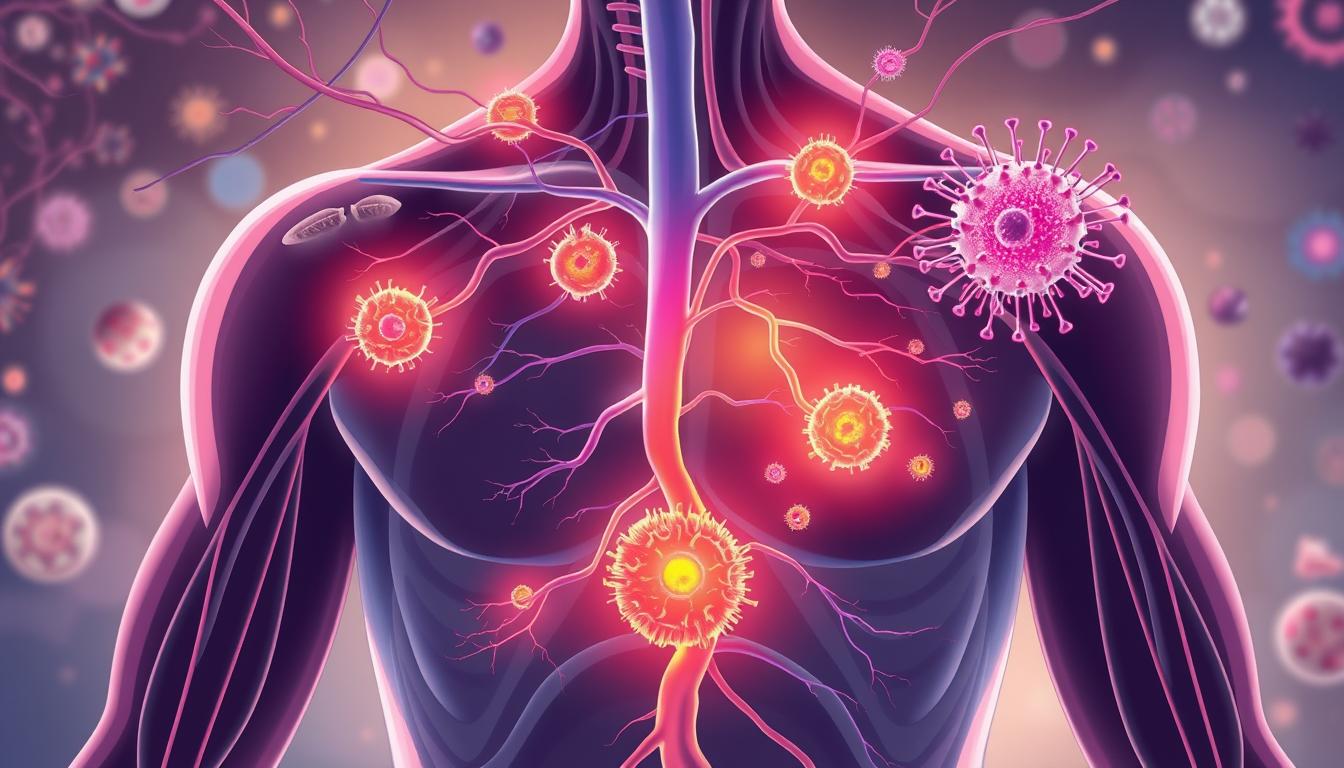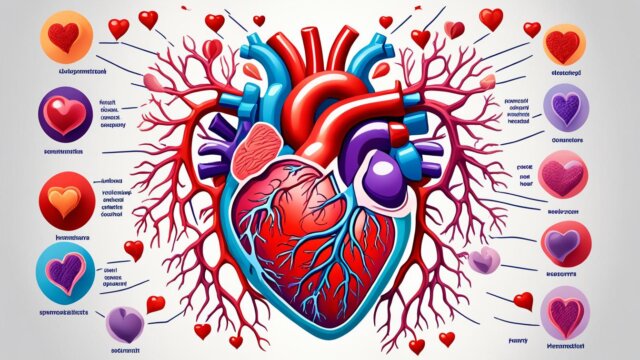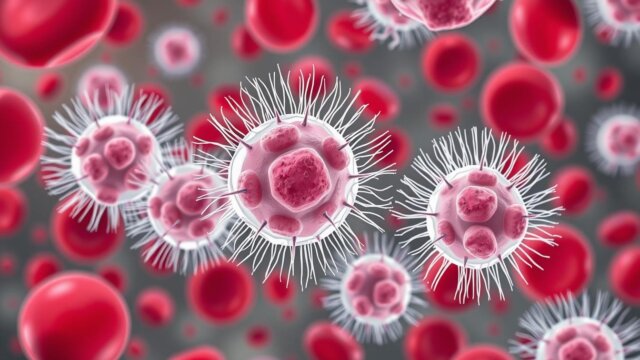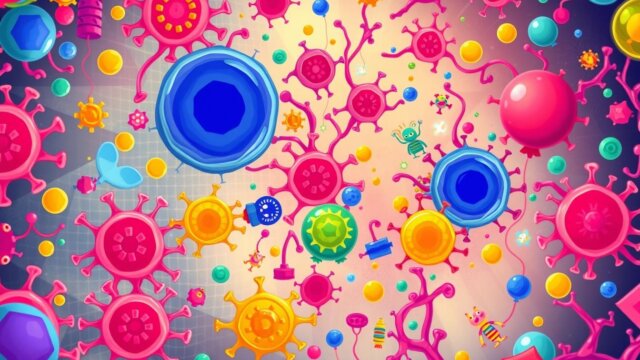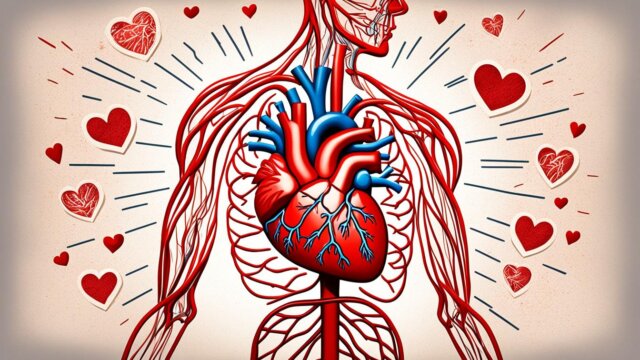FTC disclaimer: This post may contains affiliate links and we will be compensated if you click on a link and make a purchase.
Did you know non-Hodgkin lymphoma is the sixth most common cancer in the U.S. for both men and women? It starts in the lymphatic system and affects about 5 in 100,000 people worldwide. While more people are surviving, it’s important to know about its symptoms, diagnosis, and treatments.
Key Takeaways
- Non-Hodgkin lymphoma is a type of cancer that starts in the lymphatic system, which is part of the body’s immune system.
- Diffuse large B-cell lymphoma and follicular lymphoma are among the most common subtypes of non-Hodgkin’s lymphoma.
- Risk factors for non-Hodgkin’s lymphoma include immune system-suppressing medications, viral infections, chemical exposure, and advanced age.
- Non-Hodgkin’s lymphoma is more common in individuals aged 60 and over.
- Mayo Clinic has been recognized as a top cancer hospital for the treatment of non-Hodgkin lymphoma.
What is Non-Hodgkin Lymphoma?
Non-Hodgkin lymphoma is a group of blood cancers. They usually start in the lymphatic system. This cancer comes from lymphocytes, a type of white blood cell, and can be found in many parts of the body.
It’s more common than Hodgkin lymphoma. Most people get diagnosed with it when they’re over 55.
Types of Non-Hodgkin Lymphoma
There are over 60 different types of non-Hodgkin lymphoma. They are sorted by how fast the disease grows. About 85-90% start in B cells, while T cells and natural killer (NK) cells can also be affected.
These types are either slow-growing (indolent) or fast-growing (aggressive).
Prevalence and Risk Factors
Non-Hodgkin lymphoma is a common cancer. The U.S. National Cancer Institute says 2% of men and women will get it in their lifetime. Factors that increase your risk include immune disorders, some medications, infections, lifestyle choices, genetics, race, family history, and work-related exposures.
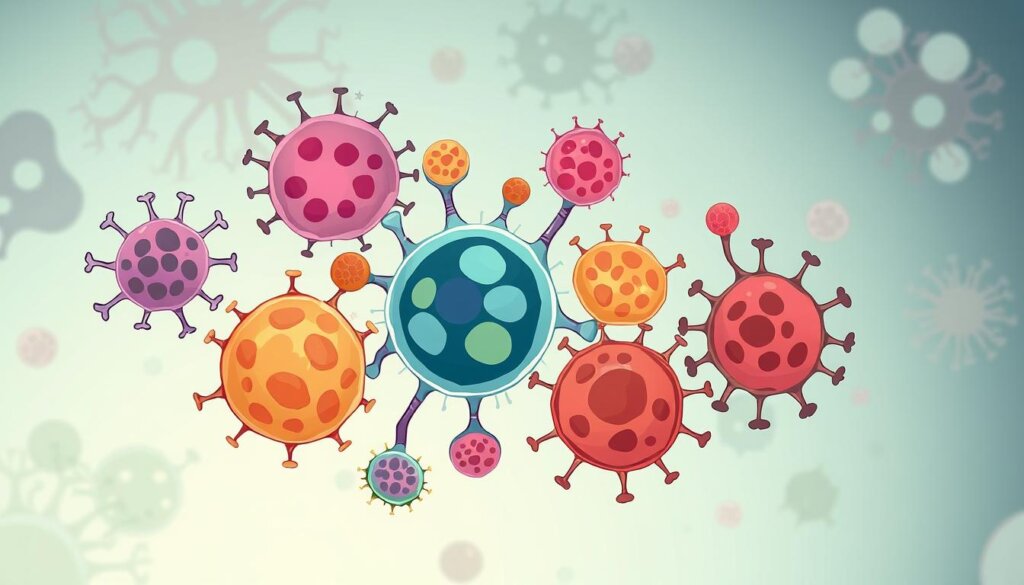
“Knowing your non-Hodgkin lymphoma subtype is crucial for personalized treatment, and seeking care at a cancer center experienced in managing lymphoma can improve outcomes.”
Symptoms of Non-Hodgkin Lymphoma
Non-Hodgkin lymphoma can show many symptoms. Some are common in all types, while others are specific. Knowing the symptoms is key for early detection and treatment.
Common Symptoms
Swollen lymph nodes are a common sign of non-Hodgkin lymphoma. These nodes are usually painless and can be found in the neck, armpits, or groin. But, swollen nodes can also mean an infection, making them tender.
Other symptoms include fever, night sweats, unexplained weight loss, and feeling very tired. These signs, called “B symptoms,” show the disease is getting worse.
Symptoms by Type
The symptoms of non-Hodgkin lymphoma vary by type and location. For example, lymphomas in the abdomen can cause swelling, pain, loss of appetite, and nausea or vomiting. Lymphomas in the chest can lead to coughing, breathing problems, and chest pain or pressure.
Brain lymphomas can cause headaches, weakness, changes in personality, and seizures. Skin lymphomas may appear as itchy, red, or purple lumps or bumps under the skin.
Not everyone with non-Hodgkin lymphoma will have the same symptoms. The symptoms depend on the lymphoma type, stage, and where it is in the body.

If you have any symptoms that don’t go away, see a doctor right away. Early treatment can greatly improve your chances of recovery.
Diagnosis and Testing
Diagnosing non-Hodgkin lymphoma involves many tests and procedures. These tools help doctors find out the type and stage of the disease. This information is key for creating a good treatment plan.
Blood Tests
Blood tests are very important in diagnosing non-Hodgkin lymphoma. They show if the patient has anemia or low white blood cells. They also check for high levels of lactate dehydrogenase (LDH), which can mean the disease is aggressive.
Lymph Node Biopsy
A lymph node biopsy is a common test for non-Hodgkin lymphoma. It involves taking a small piece of lymph node tissue for examination. Doctors usually prefer excisional or incisional biopsies for a clear diagnosis.
In some cases, a second biopsy might be needed.
Imaging Tests
Imaging tests like CT scans and MRI scans are key for finding out how far the disease has spread. They show detailed pictures of the body’s inside. This helps doctors see where the tumors are.
These tests also help check if treatment is working and if the disease comes back.
Doctors might also do a bone marrow test and a spinal tap. These tests check for lymphoma cells in the bone marrow and cerebrospinal fluid.
Getting a correct diagnosis is very important. It helps doctors choose the best treatment. Doctors with lots of experience are usually the best at making accurate diagnoses.
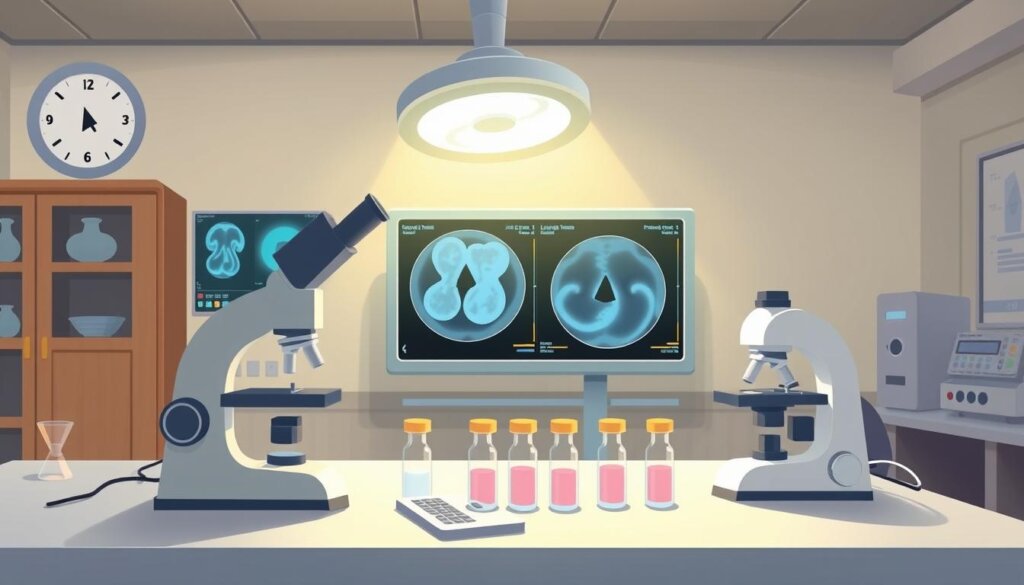
Treatment Options for Non-Hodgkin Lymphoma
Patients with non-Hodgkin lymphoma have many treatment options. The right plan depends on the disease type, stage, and the patient’s health. Treatments include chemotherapy, radiation, targeted therapies, and immunotherapy.
Chemotherapy
Chemotherapy is a common treatment. It uses drugs to kill cancer cells. Doctors choose the best drugs for each patient based on their cancer type.
Radiation Therapy
Radiation therapy is another option. It uses radiation to kill cancer cells in a specific area. It can be used alone or with other treatments.
Targeted Therapies
Targeted therapies have changed how we treat non-Hodgkin lymphoma. These drugs focus on specific cancer proteins or genetic changes. They often have fewer side effects than traditional chemotherapy.
Immunotherapy is also a promising treatment. It uses the body’s immune system to fight cancer. Treatments include CAR T cell therapy, BiTE® antibody therapy, and immune checkpoint inhibitors.
Each patient’s treatment plan is unique. It considers the disease type, stage, and the patient’s health. A team of specialists works together to create the best treatment plan.
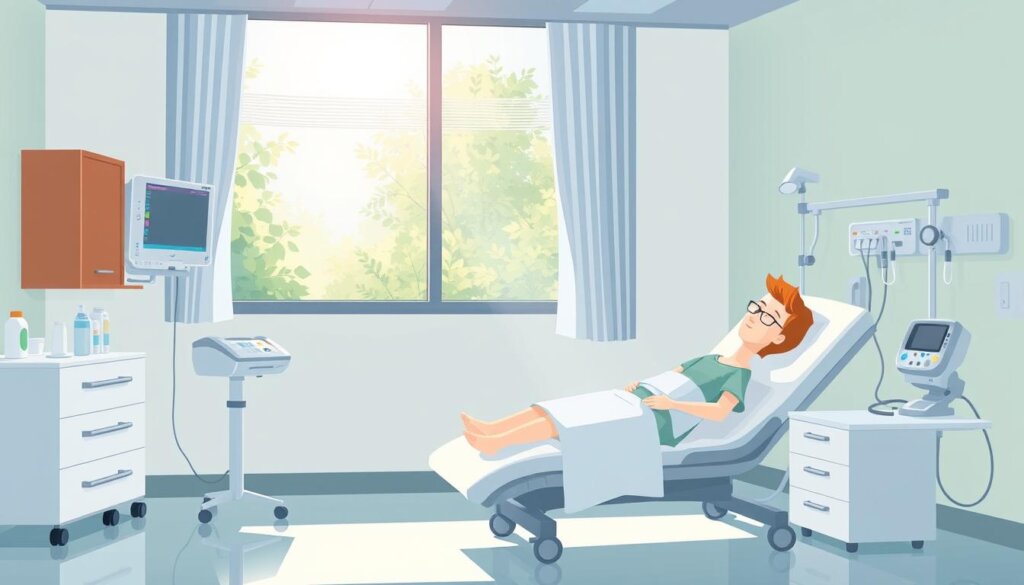
“At Memorial Sloan Kettering Cancer Center (MSK), we are dedicated to providing the most advanced and personalized care for patients with non-Hodgkin lymphoma. Our team of experts works closely with each patient to develop a treatment plan that addresses their unique needs and offers the best possible outcomes.”
Side Effects of Non-Hodgkin Lymphoma Treatment
Treatment for non-Hodgkin lymphoma can have many side effects. Chemotherapy is a common treatment. It can cause fatigue, anemia, and a higher risk of infections. Mucositis (a sore mouth), bowel issues, and fertility problems are also possible. It’s important to talk to your doctor about any symptoms you have.
Some specific side effects of non-Hodgkin lymphoma treatment include:
- Bone marrow damage from chemotherapy, leading to fatigue, breathlessness, increased vulnerability to infection, and easy bruising or bleeding.
- Nausea, vomiting, diarrhea, loss of appetite, and skin rashes.
- Nerve damage from certain chemotherapy drugs, resulting in neuropathy.
- An increased risk of developing secondary cancers, such as lung, brain, and kidney cancers, in the decades following treatment.
- Heart disease, particularly in those treated with radiation therapy to the chest or certain chemotherapy agents.
- Fertility issues, with the risk varying based on the treatment, patient age, and other factors.
Patients may also experience side effects specific to the type of treatment they receive. For example, monoclonal antibody therapy can increase the risk of infections. Immunotherapy can cause severe complications like high fever and neurological issues.
Treatment Type | Potential Side Effects |
|---|---|
Chemotherapy | Fatigue, anemia, increased infection risk, mucositis, bowel issues, infertility |
Radiation Therapy | Sore and red skin, tiredness, nausea, dry mouth |
Monoclonal Antibody Therapy | Fatigue, nausea, night sweats |
Steroid Medication | Increased appetite, indigestion, sleeping problems, high blood pressure, weight gain |
Immunotherapy (CAR T-cell Therapy) | High fever, infections, brain/nerve issues |
Regular follow-up appointments are key to monitor recovery and watch for any signs of relapse or long-term effects. By being proactive and communicating with their healthcare team, non-Hodgkin lymphoma patients can manage side effects and improve their health and well-being during and after treatment.
“Maintaining open communication with your healthcare team is key to managing side effects and ensuring the best possible outcome during non-Hodgkin lymphoma treatment.”
Prognosis and Outlook
The outlook for people with non-Hodgkin lymphoma (NHL) can change a lot. About 73% of NHL patients live 5 years after being diagnosed. But, survival rates depend on the NHL type, disease stage, and the patient’s health and treatment response.
Factors Affecting Prognosis
Indolent NHL types usually have a better outlook than aggressive ones. For example, the 5-year survival rate for localized follicular lymphoma is 97%. But, advanced-stage diffuse large B-cell lymphoma has a 58% 5-year survival rate.
Age, disease stage, and health also play big roles in NHL prognosis. Follicular lymphoma’s prognosis is checked with the FLIPI score. This score looks at age, stage, and blood markers like LDH.
Getting a quick diagnosis and right treatment is key for NHL patients. Thanks to better cancer care, NHL survival rates have gone up. This shows how important early detection and good management are.
“Survival rates provide percentages of how many people with the same condition are alive a certain number of years after diagnosis. They do not predict individual outcomes but provide estimates based on large groups of people with the same disease type and stage.”
Living with Non-Hodgkin Lymphoma
After treatment for non-Hodgkin lymphoma, many feel relieved but worried about cancer coming back. Ongoing follow-up care is key to watch for any signs of cancer coming back. It’s also important to manage the emotional and physical effects of the disease.
Emotional Support
Being diagnosed with non-Hodgkin lymphoma can be tough emotionally. Getting support from family, friends, and mental health professionals is crucial. Connecting with others who have gone through the same thing can offer a sense of community and understanding.
Lifestyle Changes
To stay healthy during and after treatment, patients might need to make lifestyle changes. This could mean managing fatigue, eating well, and staying active. Regular exercise can help with side effects, improve mood, and enhance quality of life. It’s also important to watch for signs of other cancers, as some treatments can raise the risk.
| Lifestyle Changes for Living with Non-Hodgkin Lymphoma |
|---|
|
“Connecting with others who have been through similar experiences can provide a sense of community and understanding.”
By getting emotional support and making lifestyle changes, people with non-Hodgkin lymphoma can improve their life quality. Regular check-ups are vital to catch any signs of cancer coming back.
Research and Clinical Trials
Ongoing non-Hodgkin lymphoma research and clinical trials are key to fighting this cancer. Scientists are looking into new ways to treat it, like targeted therapies and immunotherapies. This is to help patients get better.
Clinical trials offer new treatments that might not be available otherwise. By joining these trials, patients can help make treatments better and safer for others.
Genetic studies have found different types of DLBCL with different outcomes. Now, tests can find lymphoma cells and tell us about the tumor’s growth and spread. They also help see how well treatments work and if the cancer will come back.
Big steps have been taken in treating non-Hodgkin lymphoma. Four CAR T-cell therapies have been approved, offering hope to many. These therapies have given long-term remissions to some adults with aggressive lymphoma.
Scientists are also working on targeted drug therapies. These drugs aim to hit specific parts of lymphoma cells, unlike regular chemotherapy. Immunotherapy, like monoclonal antibodies and CAR T-cell therapy, is also being explored. It helps the body’s immune system fight lymphoma cells.
Even with these advances, more research and trials are needed. Patients are encouraged to look into clinical trials. They might get access to new treatments and help in the fight against non-Hodgkin lymphoma.
Conclusion
Non-Hodgkin lymphoma summary shows it’s a complex blood cancer from the lymphatic system. It has many non-Hodgkin lymphoma types. Symptoms include swollen lymph nodes, fever, night sweats, and unexplained weight loss.
To find out what type and stage you have, doctors use blood tests, biopsies, and scans.
Treatment for non-Hodgkin lymphoma has grown, with options like chemotherapy and targeted therapies. While it’s serious, new treatments have helped many live longer. Research and clinical trials are looking for even better ways to fight it, giving us hope for the future.
Even with its challenges, there’s hope for non-Hodgkin lymphoma. As we learn more and treatments get better, more people are beating it. By staying informed and strong, you can face this journey with hope and confidence.
FAQ
What is non-Hodgkin lymphoma?
Non-Hodgkin lymphoma is a cancer that starts in the lymphatic system. This system fights off germs. In this cancer, lymphocytes grow wrong and form tumors in the body.
What are the common types of non-Hodgkin lymphoma?
There are over 70 types of non-Hodgkin lymphoma. They are based on the type of white blood cell affected. Most start in B cells, about 85%.
How common is non-Hodgkin lymphoma?
It’s quite common. The U.S. National Cancer Institute says 2% of men and women will get it in their lifetime.
What are the risk factors for non-Hodgkin lymphoma?
Risk factors include medicines that weaken the immune system. Also, certain infections, chemicals, and being older.
What are the common symptoms of non-Hodgkin lymphoma?
Symptoms include swollen lymph nodes and pain in the neck, armpits, or groin. You might also have abdominal pain, chest pain, or trouble breathing. Other signs are fatigue, fever, night sweats, and unexplained weight loss.
How is non-Hodgkin lymphoma diagnosed?
Doctors use blood tests, a biopsy, and imaging tests like CT scans. These help find the type and stage of the cancer.
What are the treatment options for non-Hodgkin lymphoma?
Treatments include chemotherapy, radiation, targeted therapies, and immunotherapy. The plan depends on the type and stage of the cancer.
What are the common side effects of non-Hodgkin lymphoma treatment?
Side effects include fatigue, anemia, and a higher risk of infections. You might also have a sore mouth, changes in bowel habits, and fertility issues.
What is the prognosis for non-Hodgkin lymphoma?
About 73% of people live 5 years after diagnosis. The outlook depends on the type, stage, and overall health.
How can I support my overall health and wellbeing during and after non-Hodgkin lymphoma treatment?
Seek emotional support and make lifestyle changes. Manage fatigue, eat well, and exercise within your limits. This helps your health during and after treatment.
